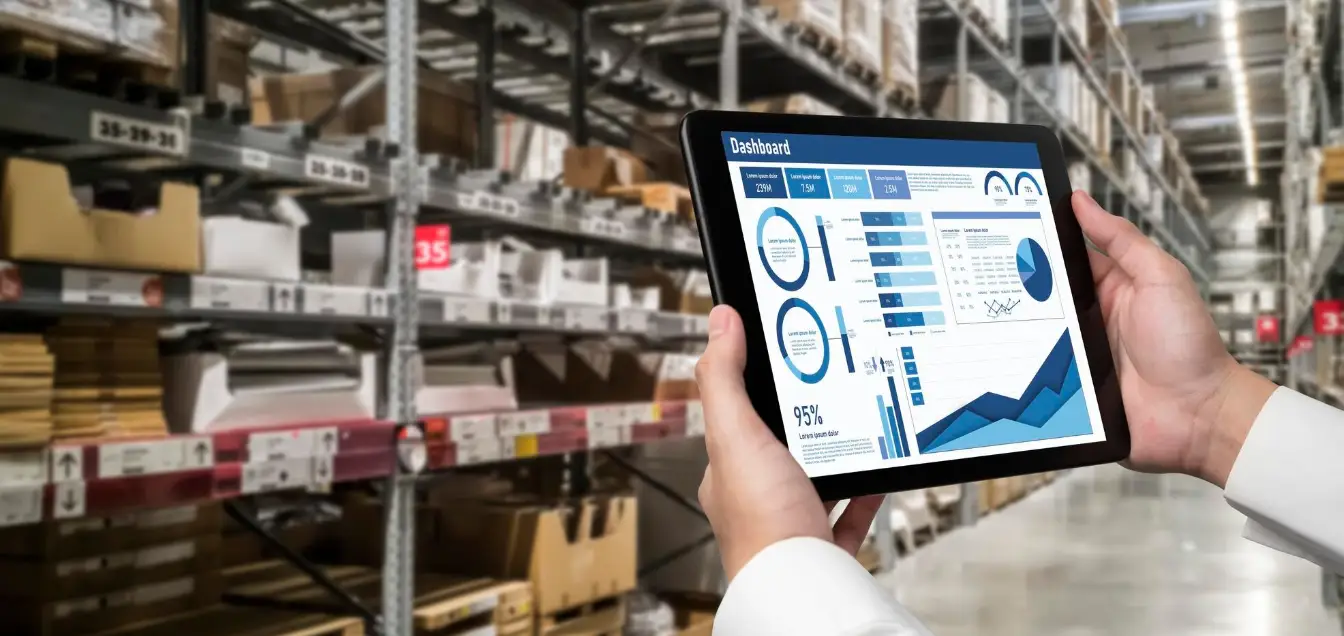In today’s fast-paced e-commerce landscape, virtual warehouses have emerged as a pivotal solution in inventory management. These innovative systems combine technology and logistics to streamline operations, reduce overheads, and improve order fulfillment. This blog will explore the nuances of Virtual stockrooms, their role in Stock control, the advantages they provide, and real-world examples of their successful implementation.
What Are Virtual Warehouses?

Virtual warehouses operate on a digital platform that integrates inventory management across multiple locations. Unlike traditional warehouses that require large physical spaces, Virtual stockrooms utilize technology to provide a comprehensive view of stock levels and distribution options. This enables businesses to optimize their Stock control techniques without the significant overhead associated with physical storage.
For instance, a business can manage its inventory in different geographical locations from a single system, allowing for real-time updates and effective supply chain management. This flexibility is essential as businesses adapt to the increasing demand for quick and efficient service, especially in the face of market volatility.
The Rise of Digital Warehouses
Digital warehouses represent a critical evolution in the concept of virtual warehouses. They rely on cloud-based technologies to manage inventory in real-time. This allows businesses to analyze stock levels at any given moment, enabling data-driven decisions.
Research conducted by Statista indicates that companies utilizing digital warehousing solutions have seen an average increase of 20% in inventory turnover. This highlights how embracing Virtual stockrooms can lead to more efficient operations and improved responsiveness to customer needs, ultimately translating into increased sales and customer loyalty.
Moreover, digital warehouses facilitate seamless integration with e-commerce platforms, enabling businesses to track consumer behavior more effectively. This means that stock can be adjusted proactively, which is critical for maintaining adequate inventory levels during peak shopping seasons.
The Advantages of Virtual Distribution Centers
Virtual distribution centers are another key application of virtual warehouses that offer significant advantages. By consolidating inventory across multiple locations, businesses can reduce shipping distances and improve delivery times. This not only lowers transportation costs but also enhances customer satisfaction, especially crucial in an era where consumers demand instant gratification.
According to reports, companies using virtual distribution methods achieved the fastest shipping in Canada by reducing delivery times by 30% compared to traditional methods. This advantage allows businesses to compete effectively, especially when it comes to online shopping, where delivery speed can be a deciding factor for consumers.
Incorporating virtual distribution centers means businesses can approach logistics with flexibility. For instance, a fashion retailer can quickly shift inventory between different locations based on sales trends, ensuring that popular items are always accessible to customers without incurring excess stock holding costs.
E-Warehouses: The Future of Inventory Management

E-warehouses thrive in the digital age, providing specialized storage for e-commerce retailers. These Virtual inventory systems focus on online sales and leverage advanced technologies to manage orders effectively. With an e-warehouse, businesses can directly manage their inventory across several platforms, drastically reducing the risk of overstock and stockouts.
Take, for example, Shopify Fulfillment Network, which manages thousands of e-commerce orders through its e-warehouse system. They reported an increase in customer satisfaction rates by 35%, illustrating the positive impact of using e-warehouses for fulfilling online orders efficiently.
The technology behind e-warehouses extends beyond simple inventory storage; it includes automation tools that allow for easier retrieval and packaging of goods. With tools integrated into their e-commerce frameworks, retailers can streamline operations to handle peaks in volume during sales or holiday seasons.
Chart: Key Metrics of E-Warehouses Usage Across Industries
|
Year |
E-Warehouse Usage (%) |
Customer Satisfaction Increase (%) |
|
2020 |
40 |
20 |
|
2021 |
60 |
30 |
|
2022 |
80 |
35 |
Implementing Virtual Warehouses in Canada
For businesses in Canada, exploring 3PL warehouse services in Canada can unveil new opportunities to streamline operations. Partnering with a Canada 3PL provider allows companies to leverage the benefits of Cyber warehouses without the capital investment associated with physical infrastructure.
Choosing fulfillment services in Canada enables businesses to reduce operational costs while maintaining flexibility in their Stock control processes. This is particularly advantageous for small to medium-sized enterprises that may lack the resources to invest in large warehouse spaces. Additionally, leveraging 3PL fulfillment in Canada allows these businesses to utilize experienced third-party logistics providers, further enhancing their efficiency without the burden of extensive overhead costs.
Additionally, opting for a public warehouse can provide an appealing solution for seasonal demands, offering a temporary yet scalable approach to managing inventory. Analyzing the costs and benefits of leasing space within a public warehouse versus utilizing warehouses in Toronto is essential for businesses looking to optimize their logistics effectively.
Why Inventory Management is Important
Understanding why inventory management is important is crucial for companies looking to adopt Virtual stockrooms. Effective Stock control techniques significantly enhance stock control and operational efficiency. When coupled with virtual warehouses, these practices can lead to optimized stock levels, improved cash flow, and elevated customer satisfaction.
Some inventory management tools, like inventory forecasting software or automated tracking systems, can significantly enhance inventory processes. These tools help in maintaining accurate stock records and provide alerts to prevent stockouts or overstock situations.
Effective Inventory Management Techniques
Adopting inventory management techniques is essential for maximizing the efficiency of Virtual stockrooms. For example, the Just-In-Time (JIT) inventory method reduces the need for extensive stock on hand by aligning production with demand. This approach minimizes waste, lowers inventory costs, and can efficiently be managed through Distributed warehouses that provide real-time data.
Another technique is ABC analysis, which categorizes inventory based on importance and helps prioritize management efforts. Integrating these methods into a virtual warehouse framework allows businesses to refine their operations and allocate resources wisely.
Examples of Inventory Management

Examples of Inventory Management shed light on successful implementations of Virtual stockrooms. Companies like Amazon, Walmart, and Alibaba utilize sophisticated warehouse management systems to enhance their operations. By integrating these solutions with Distributed warehouses, they can analyze inventory needs and customer demands effectively.
Chart: Companies Utilizing Virtual Warehouses and Their Success
|
Company |
Type of Warehouse |
Inventory Turnover Improvement (%) |
|
Amazon |
E-Warehouse |
25 |
|
DelGate |
Virtual Distribution |
30 |
|
Shopify |
Digital Warehouse |
20 |
These examples illustrate that adopting Virtual stockrooms can lead to immense benefits in efficiency and cost-effectiveness. As the market continues to evolve, the integration of technology with traditional logistics practices will be instrumental in maintaining a competitive edge.
In conclusion, virtual warehouses represent a game-changing approach to inventory management that helps businesses optimize their operations effectively. By embracing digital solutions and traditional fulfillment services, organizations can elevate their efficiency, improve delivery outcomes, and ensure customer satisfaction.





